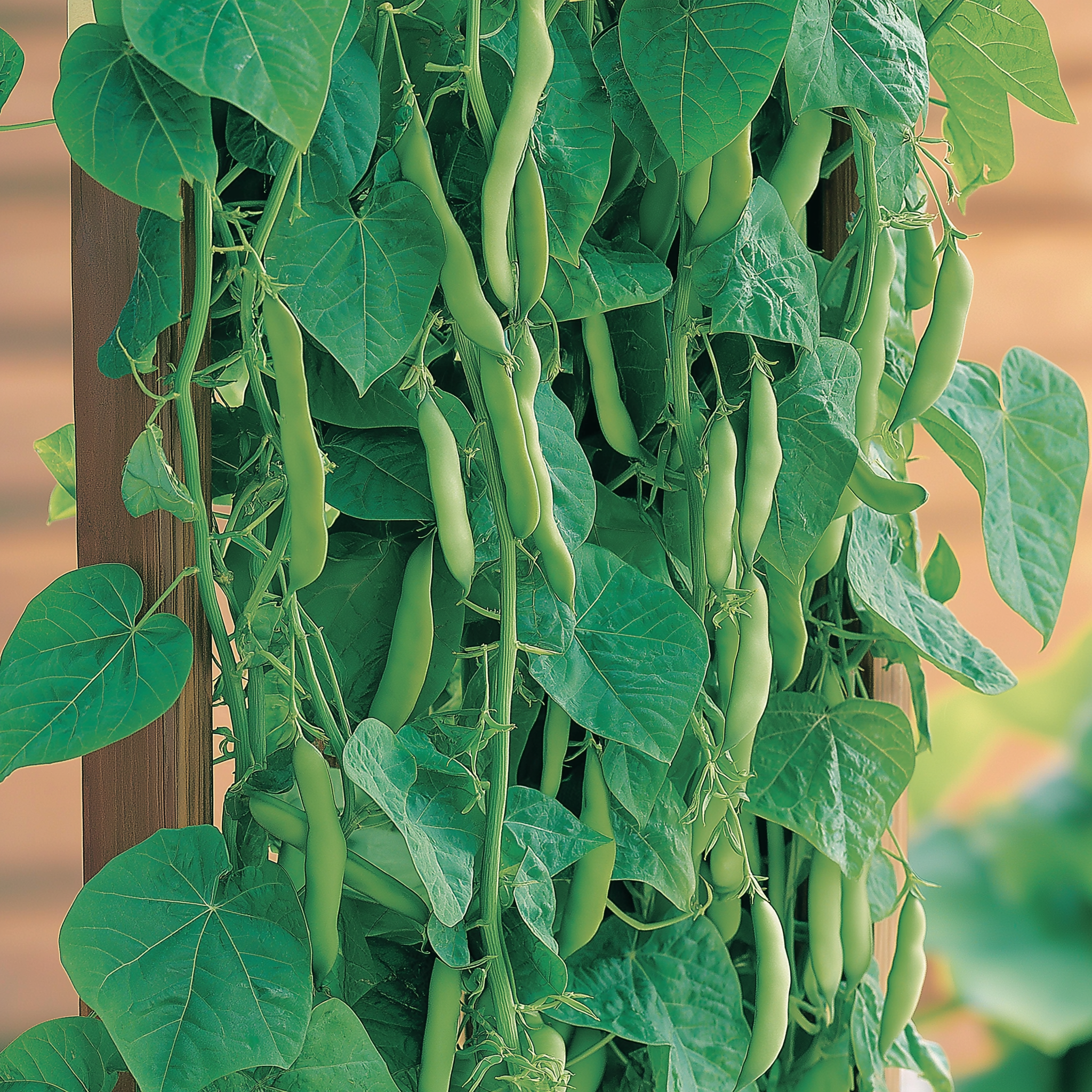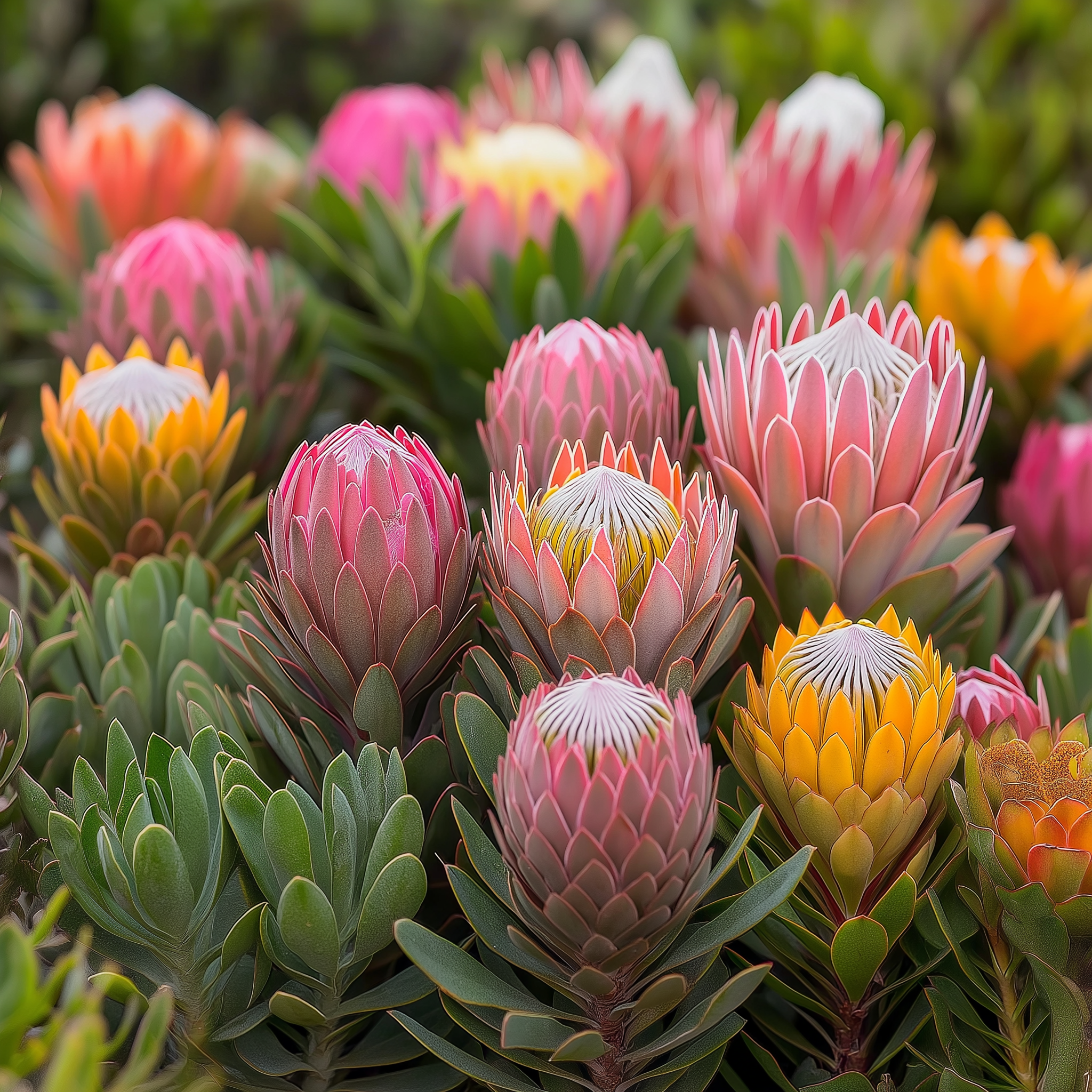Grow Gac Fruit: The Superfruit of Southeast Asia for Nutrient-Rich Gardens
About
Gac Fruit (Momordica cochinchinensis), also known as “Baby Jackfruit” or “Spiny Bitter Gourd,” is a tropical fruit native to Southeast Asia. Recognized for its spiky orange-red skin and soft, vibrant red pulp, Gac is often dubbed a "superfruit" due to its incredibly high levels of antioxidants, especially lycopene and beta-carotene.
It is a climbing perennial vine that produces stunning fruits rich in nutrients and unique in appearance. With increasing global interest in exotic fruit gardening and health-focused crops, growing Gac Fruit from seeds is gaining popularity among home gardeners and organic growers.

Why Grow Gac Fruit
Here are the top reasons to grow Gac Fruit seeds in your organic garden:
-
Nutrient powerhouse: Contains 70 times more lycopene than tomatoes and 10 times more beta-carotene than carrots.
-
Medicinal value: Known for promoting eye health, boosting immunity, and reducing oxidative stress.
-
Exotic appeal: Uncommon and visually striking fruit adds a tropical touch to any garden.
-
Vigorous vine: Can be trained on trellises, fences, or pergolas, providing lush green coverage.
-
High demand: Ideal for organic markets and superfood producers.
This unique tropical vine fruit is a perfect choice for those looking to diversify their organic edible garden with something rare, healthy, and beautiful.
When to Plant
Plant Gac Fruit seeds in early spring, once the danger of frost has passed and temperatures remain consistently above 20°C (68°F). In tropical or subtropical climates, seeds can be sown throughout most of the year.
Gac fruit requires a long warm season, so starting seeds early indoors or using a greenhouse in cooler zones can help ensure a fruitful harvest.
Where to Plant
Gac is a warm-season, sun-loving vine that thrives in:
-
Full sun to partial shade (6–8 hours of direct sunlight)
-
Well-draining, loamy soil rich in organic matter
-
Elevated support systems like trellises, fences, or garden arches
The plant can grow up to 6–8 meters (20–26 feet) long, so space and vertical support are important. Avoid planting in waterlogged or overly acidic soils.
How to Plant
Starting from Seeds:
-
Scarify the seeds: Lightly file or nick the hard seed coat to encourage germination.
-
Soak overnight: Soak in warm water for 24 hours.
-
Sow in seed trays: Use rich, moist potting mix; plant 1 inch deep.
-
Provide warmth: Keep trays at 25–30°C (77–86°F) with good humidity.
-
Germination time: Seeds may take 2–6 weeks to sprout.
Transplanting:
-
Move seedlings to the garden once they are at least 4–6 inches tall and nighttime temperatures are consistently warm.
-
Space plants 3–4 feet apart, allowing vertical growth.
This planting process is ideal for gardeners interested in tropical fruits from seeds and rare climbing vegetables.

How to Care
Gac requires minimal care once established:
-
Watering: Water regularly to maintain consistent soil moisture, especially during fruit development.
-
Fertilization: Apply compost or an organic fertilizer high in potassium and phosphorus every 3–4 weeks.
-
Support training: Guide vines to climb vertically for better air circulation and sun exposure.
-
Pruning: Trim excessive foliage to encourage fruiting and improve light penetration.
-
Pest & disease control: Generally pest-resistant, but monitor for aphids and fungal issues in humid climates.
This superfruit thrives with organic gardening practices and benefits from rich compost and mulching.
Companion Plants
Gac vines benefit from being planted alongside:
-
Sunflowers – Act as a living trellis and attract pollinators.
-
Marigolds – Deter nematodes and other soil pests.
-
Basil and mint – Repel aphids and help keep fungal infections down.
-
Corn – Offers vertical support and good shade for roots.
Avoid planting near root vegetables like carrots or onions, which can compete for underground space and nutrients.
Harvesting
Gac Fruit typically takes 6–8 months from planting to produce fruit. The harvest season often begins in late summer or early autumn.
-
Fruits are ready when their skin turns a deep orange-red and feels firm.
-
Use garden clippers to gently cut the fruit from the vine.
-
Handle with care due to the spiny skin.
Each vine can produce 10–20 fruits per season, making it both a visually stunning and productive crop.

Uses
Gac Fruit is valued both for its culinary and medicinal applications:
-
Culinary uses: Common in Vietnamese dishes like red sticky rice, smoothies, and desserts.
-
Medicinal: Used in traditional medicine for promoting eye health and reducing inflammation.
-
Nutritional supplements: Processed into oil or powder for its antioxidant properties.
-
Beauty products: Extracted oils are used in anti-aging skin care.
Its vibrant pulp makes it a great ingredient in functional foods, superfood smoothies, and natural coloring agents.
Final Thoughts
Growing Gac Fruit at home offers a unique opportunity to enjoy one of the world's most nutritious and rare fruits. With its striking appearance, potent health benefits, and ornamental vines, Gac is perfect for organic gardeners looking to experiment with exotic plants.
Explore our premium Gac Fruit seeds at OrganicIndiaSeeds.com to add an exotic twist to your garden and boost your nutritional intake with nature’s true superfruit.



Leave a comment
This site is protected by hCaptcha and the hCaptcha Privacy Policy and Terms of Service apply.